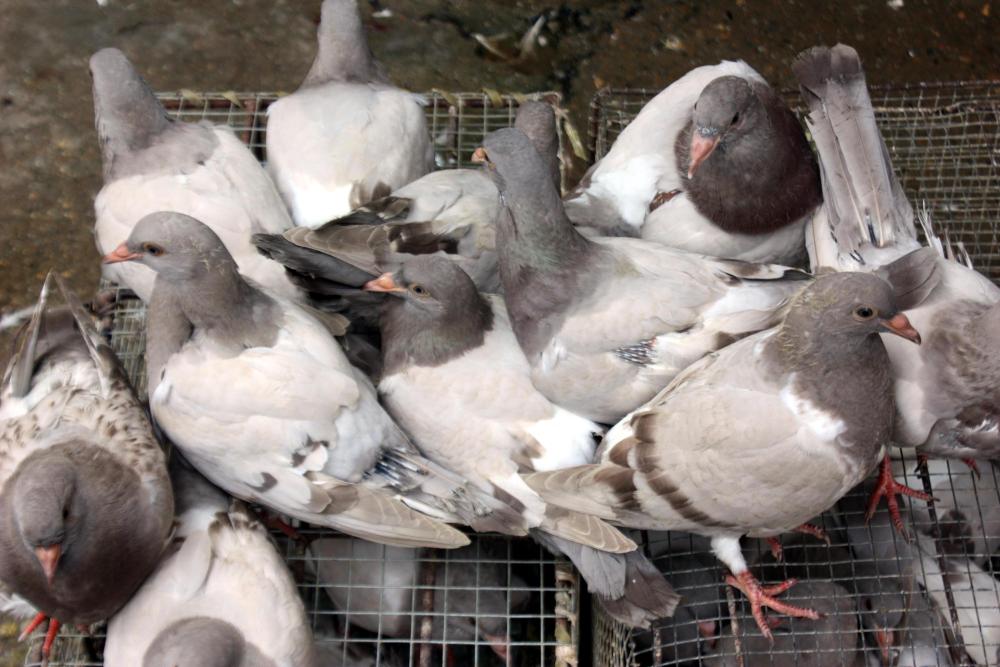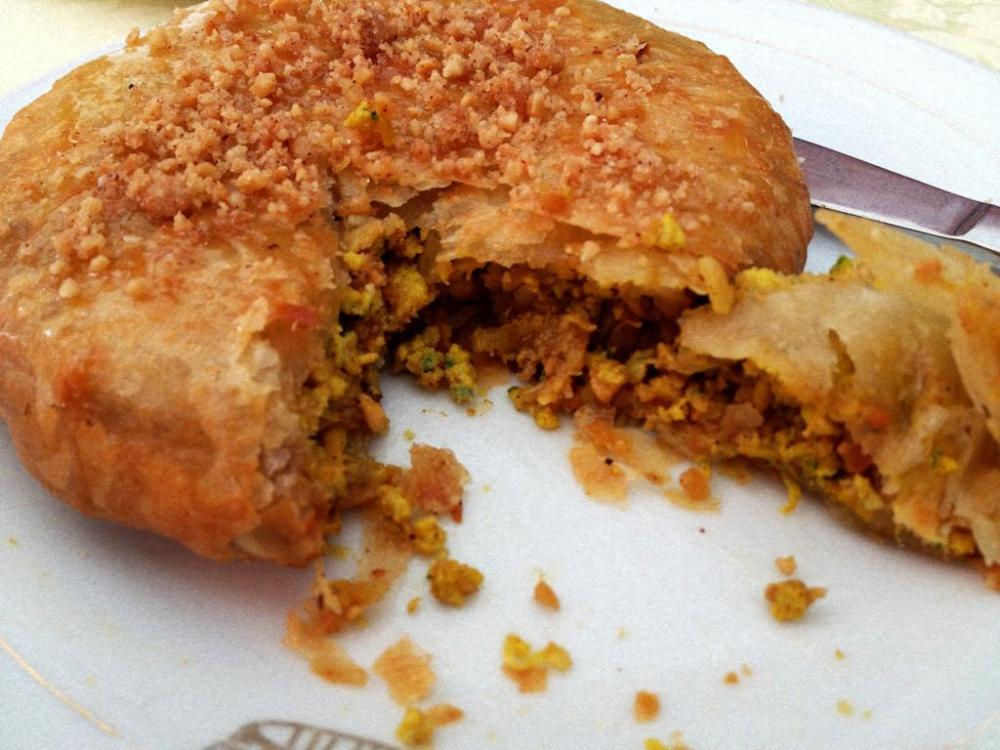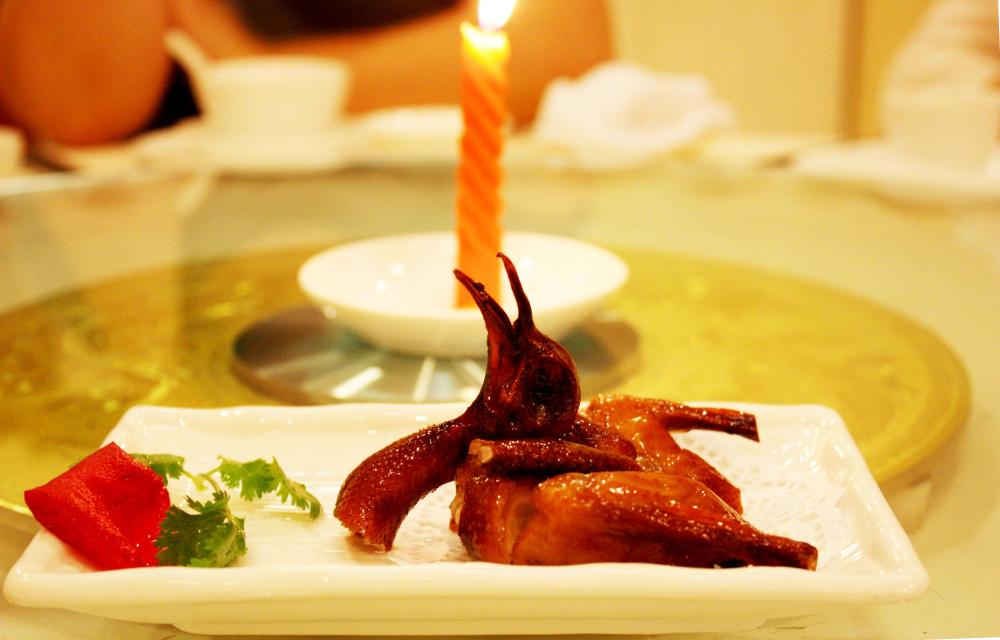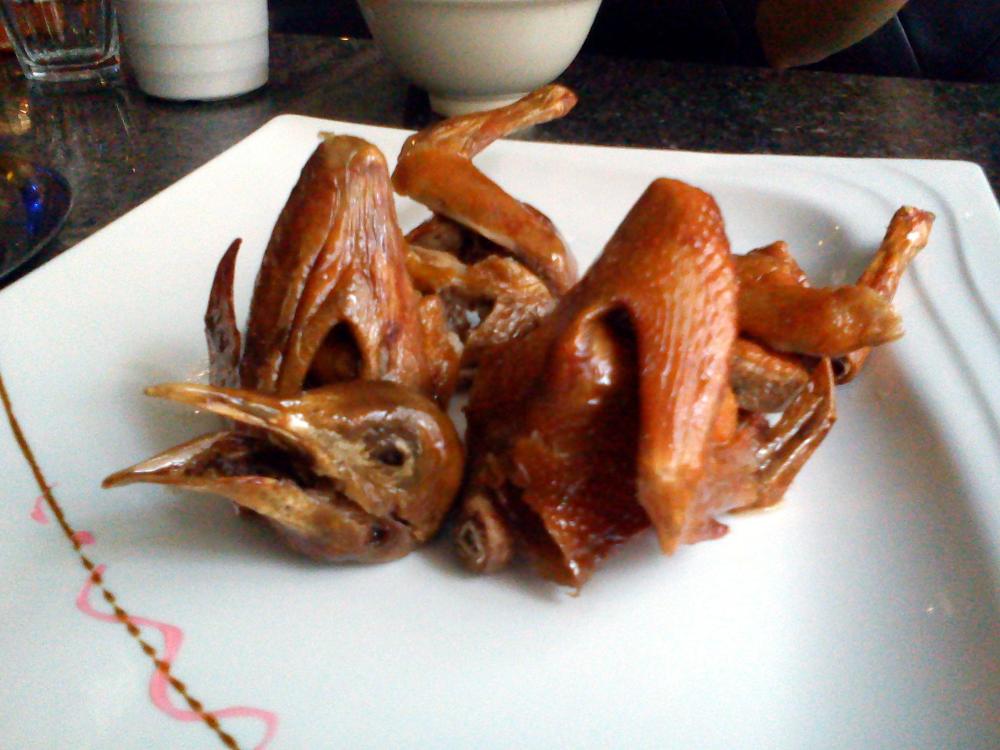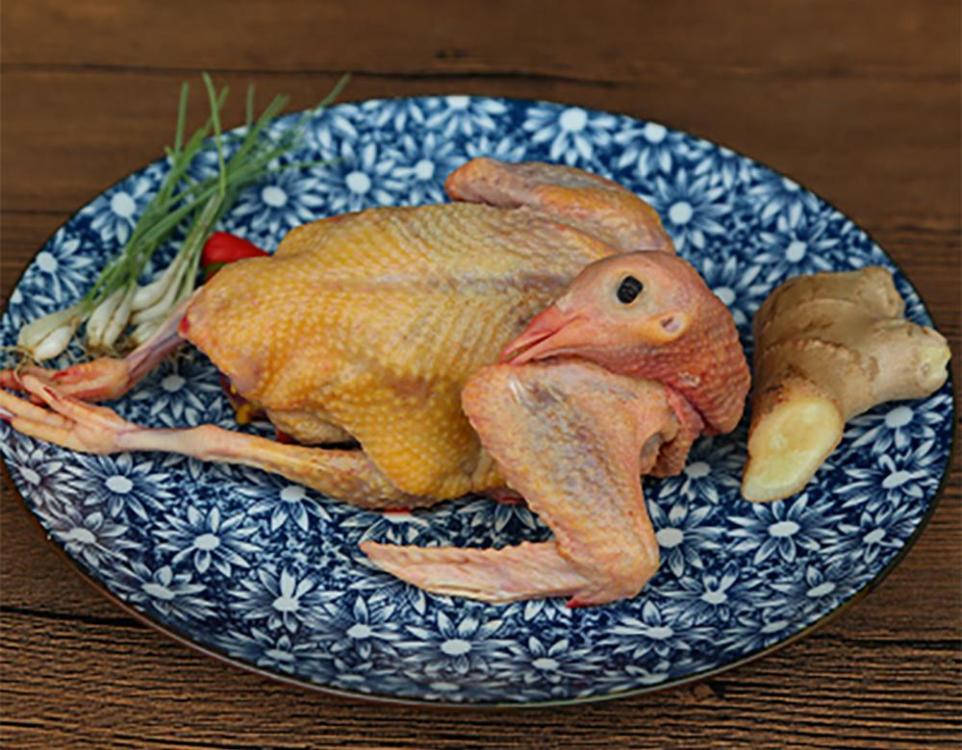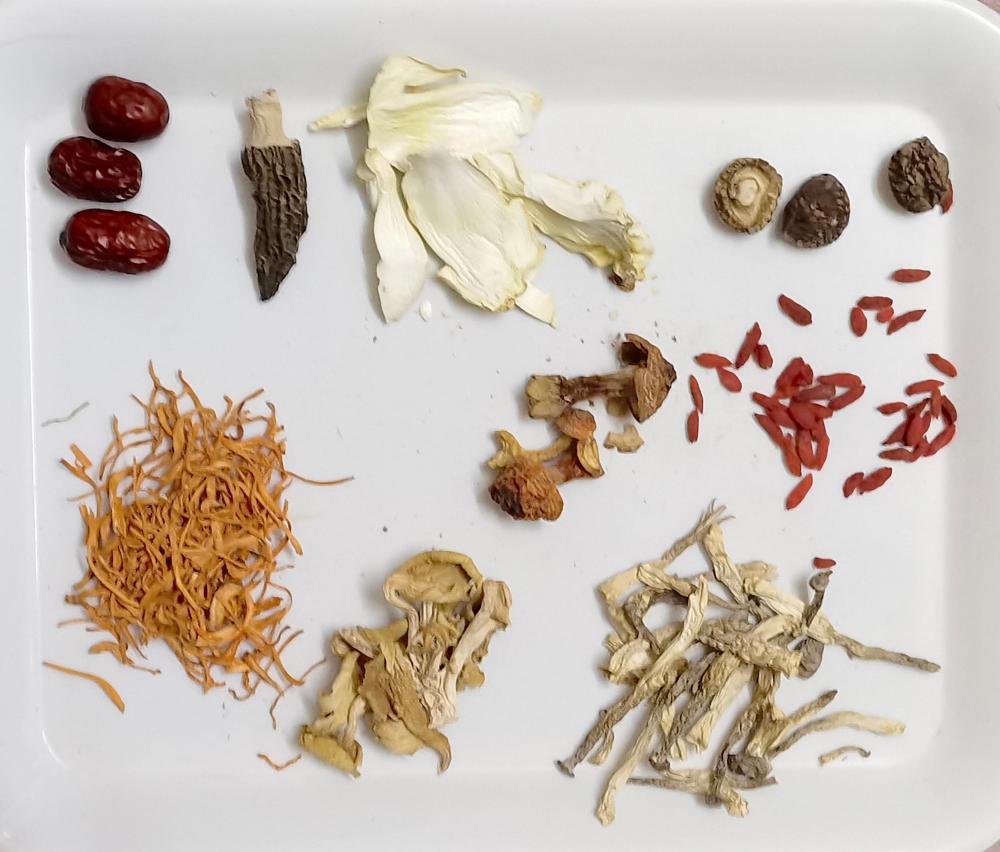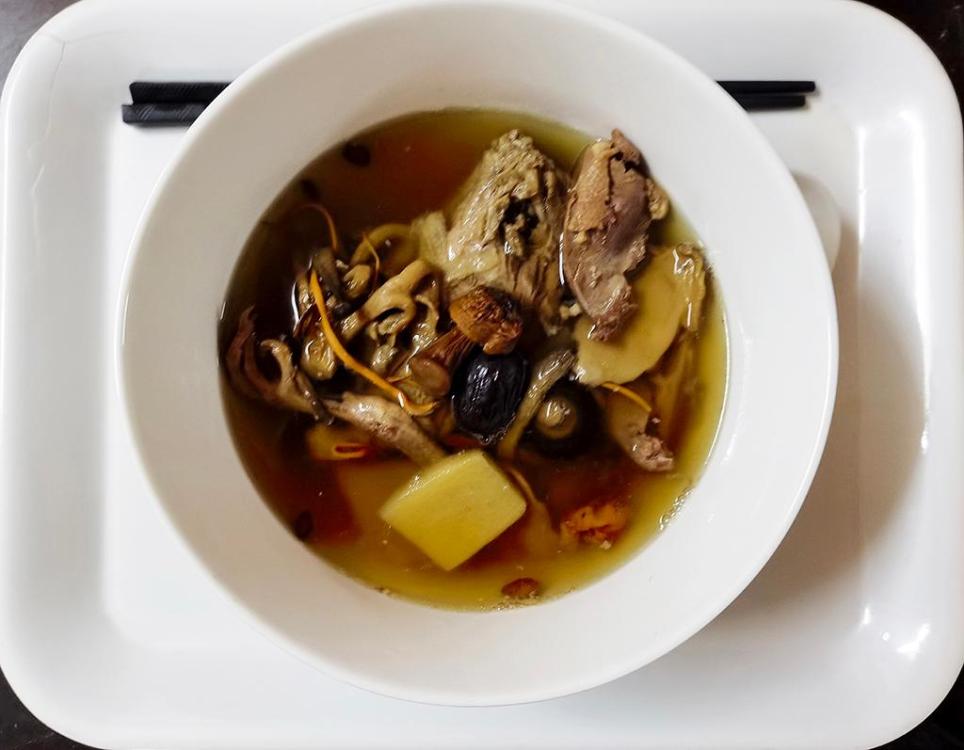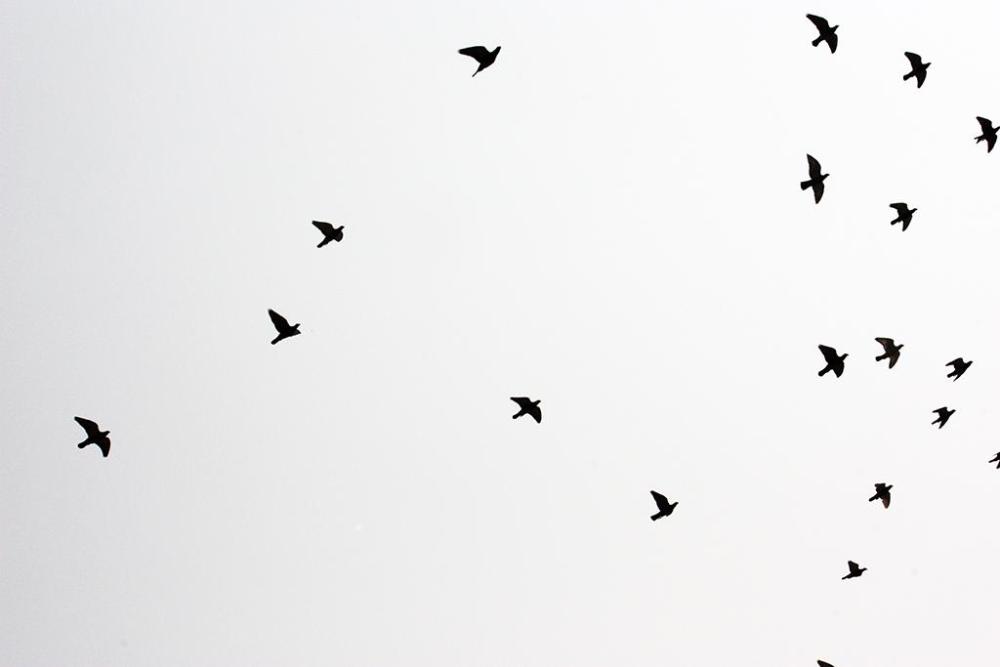16 hours ago, liuzhou said:Pigeons for sale in Liuzhou market
In 2019, I visited Scotland where I grew up. As part of this nostalgia fest, I visited the castle in my hometown where I ran into some American tourists who were just coming out of the castle’s dovecot (in most of Scotland pronounced ‘doo kit' with the stress on the first syllable.)
17th Century Pigeon Loft or Dovecot in Scotland
Interior of dovecot with roosts for hundreds of birds
The father was explaining to his adult son and his wife that the pigeons were kept in order to carry messages. The way he described it was like it was like some sort of avian version of Facebook.
Unfortunately, he was completely wrong, but I ignored him. Later I ran into the son again and we got chatting. I explained that this was my hometown and felt obliged to point out that the pigeons were not a medieval social media conduit, but were in fact kept for food. Soon, his father and some others turned up and the son related to his father what I had said. He was livid at being contradicted and said that I was being ridiculous “No one eats pigeons” the idiot declared.
In fact, as I could have told him but didn’t, Columba livia domestica or pigeons were the first birds to be domesticated, some 10,000 years ago and they weren’t domesticated so that they could update your current social status. They were domesticated to be easier to catch to be eaten.
No doubt, this joker thought I was getting confused with squab, which look like pigeons. Because they are pigeons! At least in the USA, pigeons intended for the table, usually about one month old, are called ‘squab’, merely to disassociate them from the feral city pigeons, which in my view and that of many, are the disease ridden equivalent of flying rats. In the UK, pigeons are called pigeons, table or not, although the term ‘squab’ is known by some. I’m not aware of any duality of terms in the European languages, either, although diminutive suffixes may be added in the case of young birds.
Here in China, there is no differentiation between the table birds and other pigeons, either; they are all generally 鸽子 (gē zi) although it is possible to differentiate should you really need to: the young birds are 乳鸽 (rǔ gē, literally ‘milk pigeons’), a term rarely used. Both are sold in the markets and supermarkets, usually alive to ensure freshness. Not only the young are available. Old birds are also valued.
The birds’ offal is also sold separately in supermarkets, so pigeon livers are easily available and, by the way, make a great pâté, not that the Chinese do liver pâté. Gizzard, hearts, etc. can be sought out online. The hearts are a favourite, too
Pigeon Hearts
The French love pigeons, although there isn’t a great deal of meat on them. What there is, is in the mainly in breasts. The ancient Romans ate pigeons, with the Roman cookbook ascribed to Apicius recommending that they be served with a sweet and sour sauce. The Italians continue eating them until this day.
They are also eaten in Egypt and the Magreb countries of Northern Africa, especially Morocco and Algeria, in the form of بسطيلة, pastilla, the meat pie traditionally made with young pigeon, although often replaced by chicken today.
Pastilla - Image by drea , licensed under the Creative Commons Attribution-Share Alike 2.0 Generic license
Several Asian countries besides China eat pigeon, too. Here, the birds themselves are usually roasted and served whole, but in domestic kitchens will normally be deep-fried as few homes have ovens.
Roast Pigeon in Cantonese restaurant in Liuzhou
Roast pigeons in my home
Old birds can be slow braised or are used to make stocks for the ever-popular pigeon soup. This is believed byTCM aficianados to be of medical benefit to those recovering from serious illnesses.
Old pigeon used for stock pot
When I was recently de-hospitalised, I was advised to eat pigeon soup and a friend sent me everything I needed (except the pigeons) for the recommended recipe. Luckily, I had a couple in the freezer.
Ingredients for medicianal (TCM) pigeon soup.
Medicinal (TCM) Pigeon Soup
India and Nepal both use pigeons in curries while Indonesia deep fries them with spices and serves them with rice wrapped in banana leaves.
And sorry Dad, but the United States eats pigeon too, though admittedly less than it once did. Most of the pigeons sold in the USA today are sold through the various Chinatowns, but they are also served at some upmarket restaurants. The decline in sales is however making it an expensive choice, which leads to further decline.
Everywhere the birds are eaten, the viscera, offal and giblets are used in the same ways as that of any other poultry.
In some places, including the UK and USA, pigeon can be thought of by some as distasteful because they see the dirty flying rats in the cities. But, commercially raised pigeon is often safer than other poultry as it harbours fewer pathogens. It also has the advantage of being safe to to eat anywhere between medium and well done.
Just don’t be trying to catch one when you’re next downtown of an evening.
There is a duality of terms in Spanish when it came to pigeons. We have the word paloma for pigeons/doves (some doves are called tortolas, like turtle dove, for example), and the word Pichón for the young pigeons (what is normally eaten). In fact, you normally only see pichón on restaurant menus, and more rarely, "paloma", normally referring to (hunted) woodpigeon.

